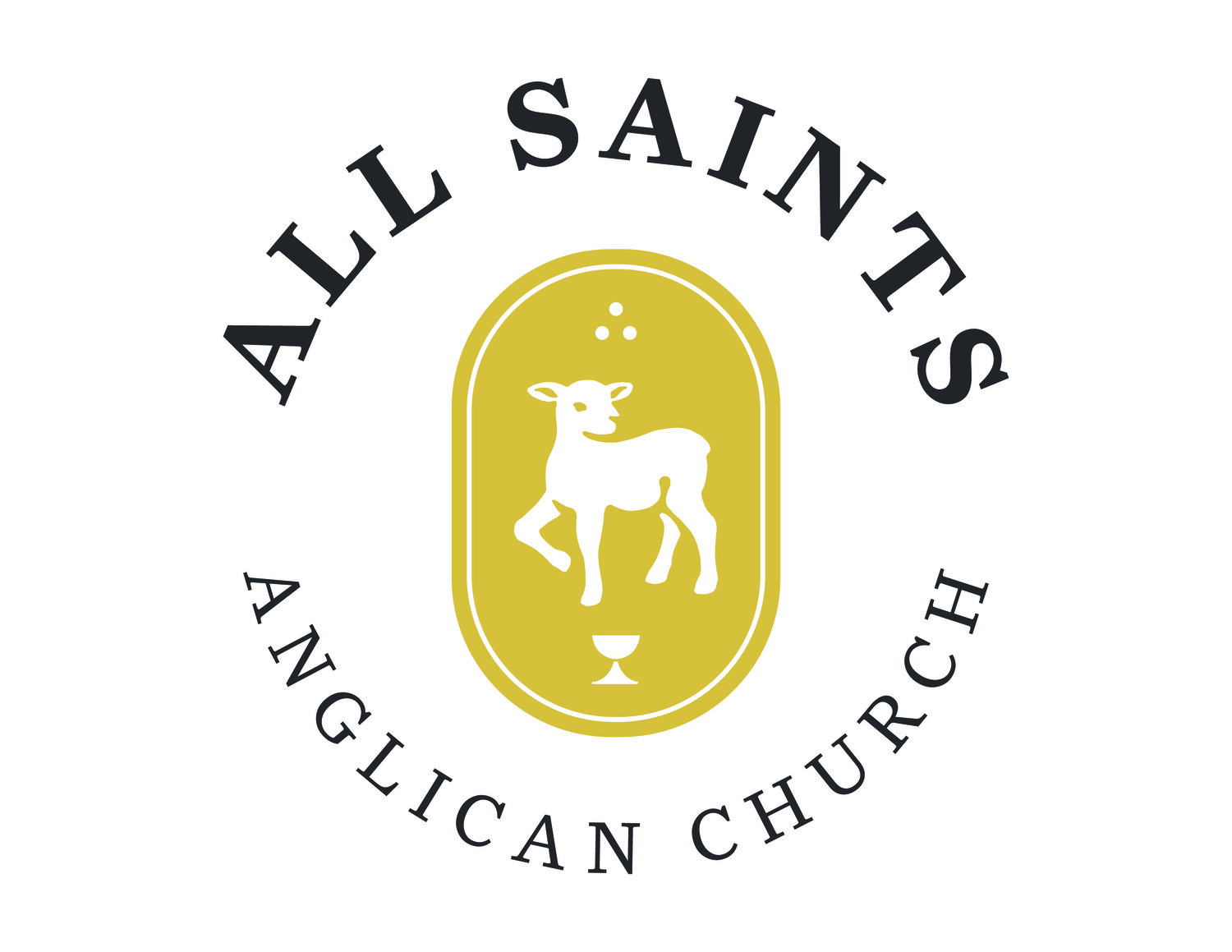Christmas is a bright and happy day, right? Everyone is merry and kind and charitable. That’s what all of the holiday songs and movies are about —even the secular ones warn us against being “naughty” on this most brilliant of days.
I do not question this sentiment. I think the free gift of God in the birth of Jesus of Nazareth certainly calls us to joviality and charity. The Good News is, after all, also the Glad News that “Jesus Christ came into the world to save sinners” (1 Tim. 1.15). And yet, without questioning it I want to call out attention to the costliness of such a sentiment. Christmas is pregnant with the Cross. That delightful red painted on all of our candy-canes, and ribboned bows, and wrapping paper, and ugly sweaters, and Santa hats, and holly berries, is of course blood red. And even around the manger we gather to sing “nails, thorns, shall pierce Him through, the Cross be born for me for you”.
Notice the way that the sequence of the days after Christmas (the historic “12 Days of Christmas”) are marked with the shedding of blood:
Dec. 26th | the Feast of St. Stephen: the first martyr after the Ascension of Jesus to be put to death for the Name of Jesus.
Dec. 27th | the Feast of St. John the Evangelist: who suffered and spilled much blood at the hands of those opposed to the Gospel —even if we still are unsure of the exact means of his death.
Dec. 28th | the Feast of the Massacre of the Holy Innocents: remembering all those infants and toddlers unjustly put to death by Herod, one of the “cannibal kings”, in his quest to destroy the Christ.
Dec. 29th | The Feast of St. Thomas of Canterberry: martyred in another time at the dispatch of another king (albeit in an attenuated mode) who would not share his crown with the rule of Christ.
Jan. 1st | The circumcision of Christ: in which Christ is circumcised under the Law of Moses, being made perfect as an Israelite, an outward mark of an inward cutting-off from the world of sin and flesh.
Christian merriment is jolly but not frivolous. Christmastide confronts the condition of the violent, “my life or yours”, with the gospel gift of “my life for yours”. That gift is freely given, but it comes at a high cost. As we respond to the grace demonstrated to us in Christ Jesus we become, like those we remember on the days that follow in the wake of the Nativity, caught-up in the “fellowship of his sufferings” (Phil. 3.10).
You see, the ancient suppliants at Yule got half of the mystery correct: the holly-wreath is a symbol of victory over death. But what they missed is almost as important as what they got right: the blood-red berries are not the diadem of those who never die, but the crown of those who lay-down their lives for the Chiefest of Friends and who, with Him, rise again to life everlasting.
O come let us adore him.


